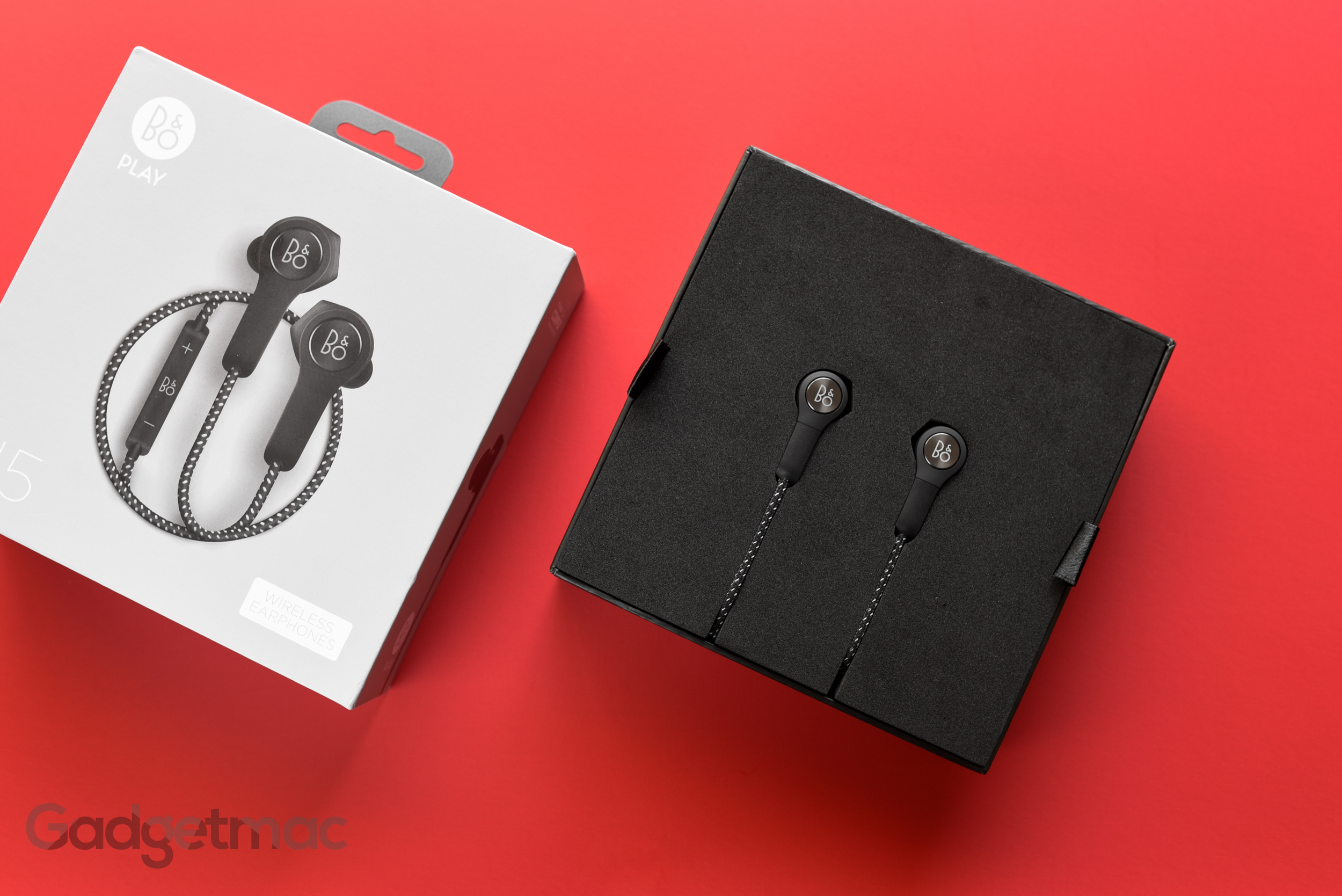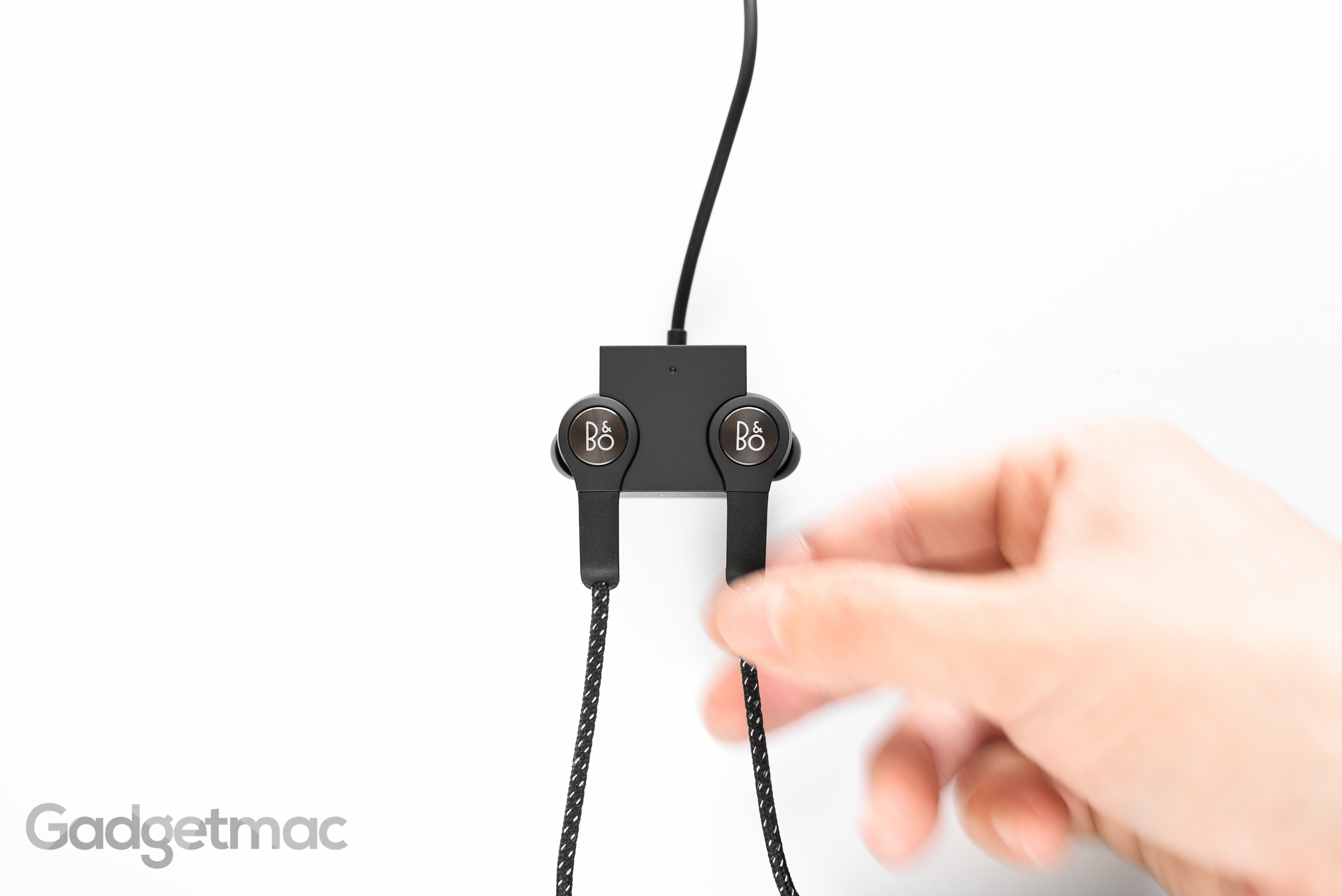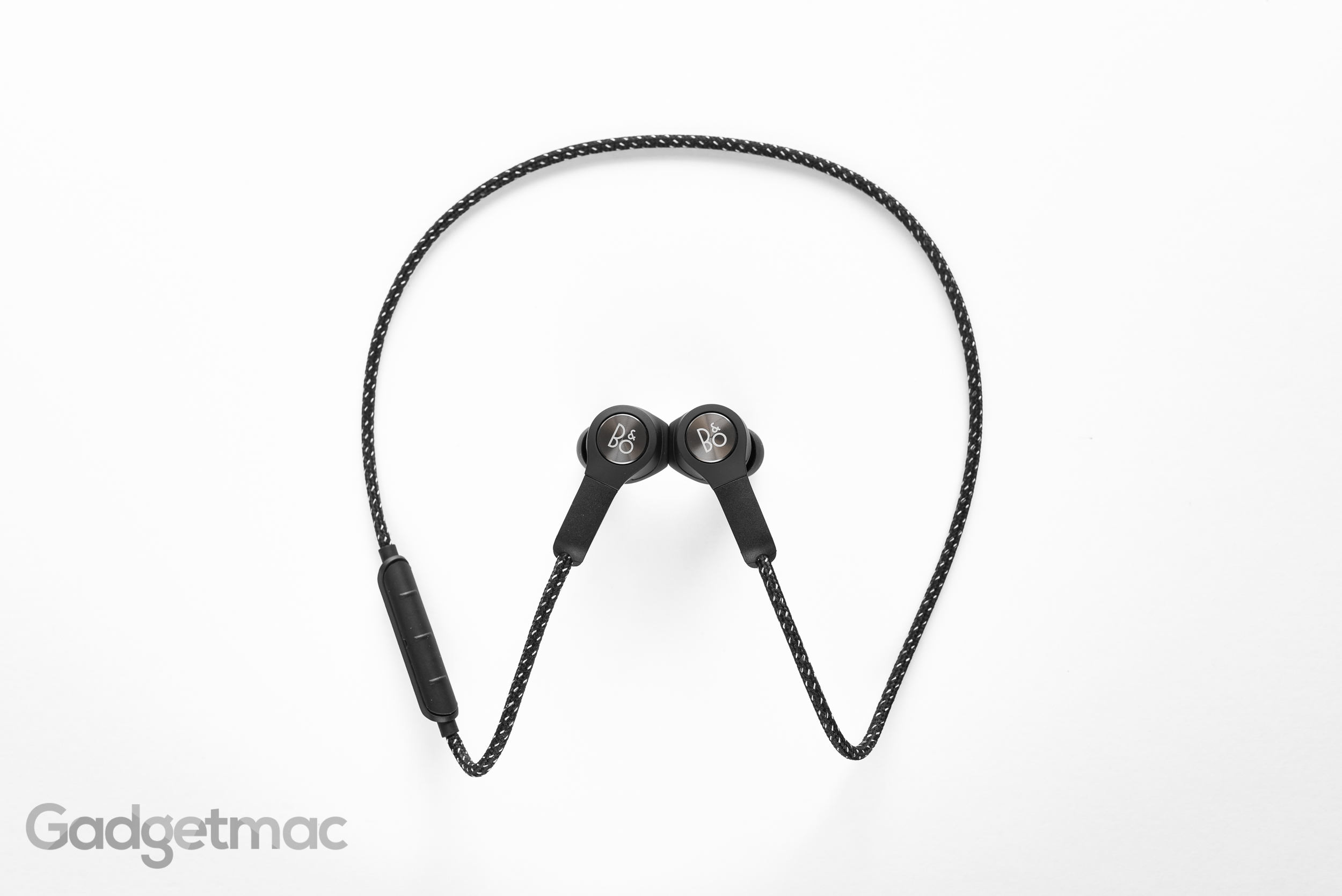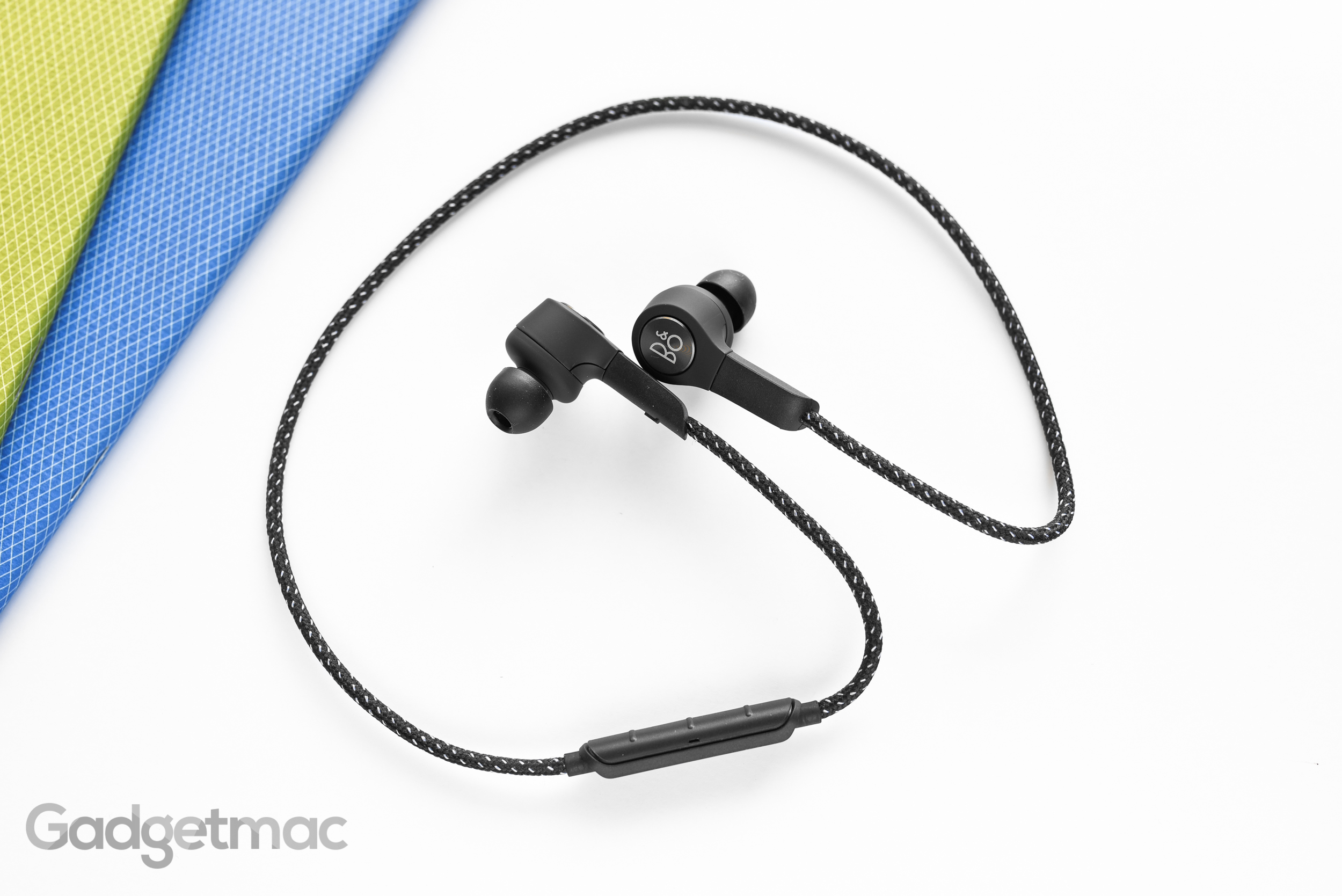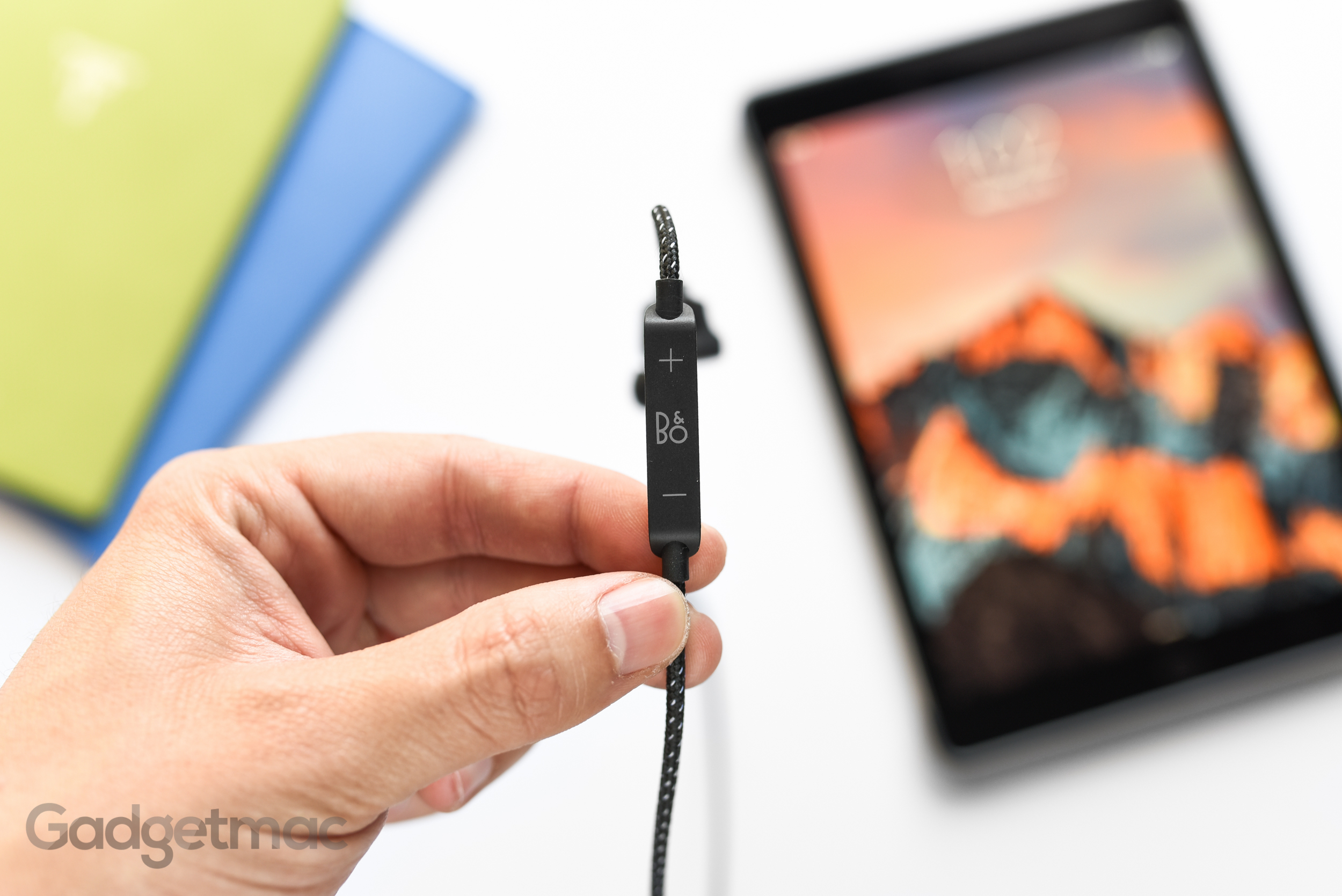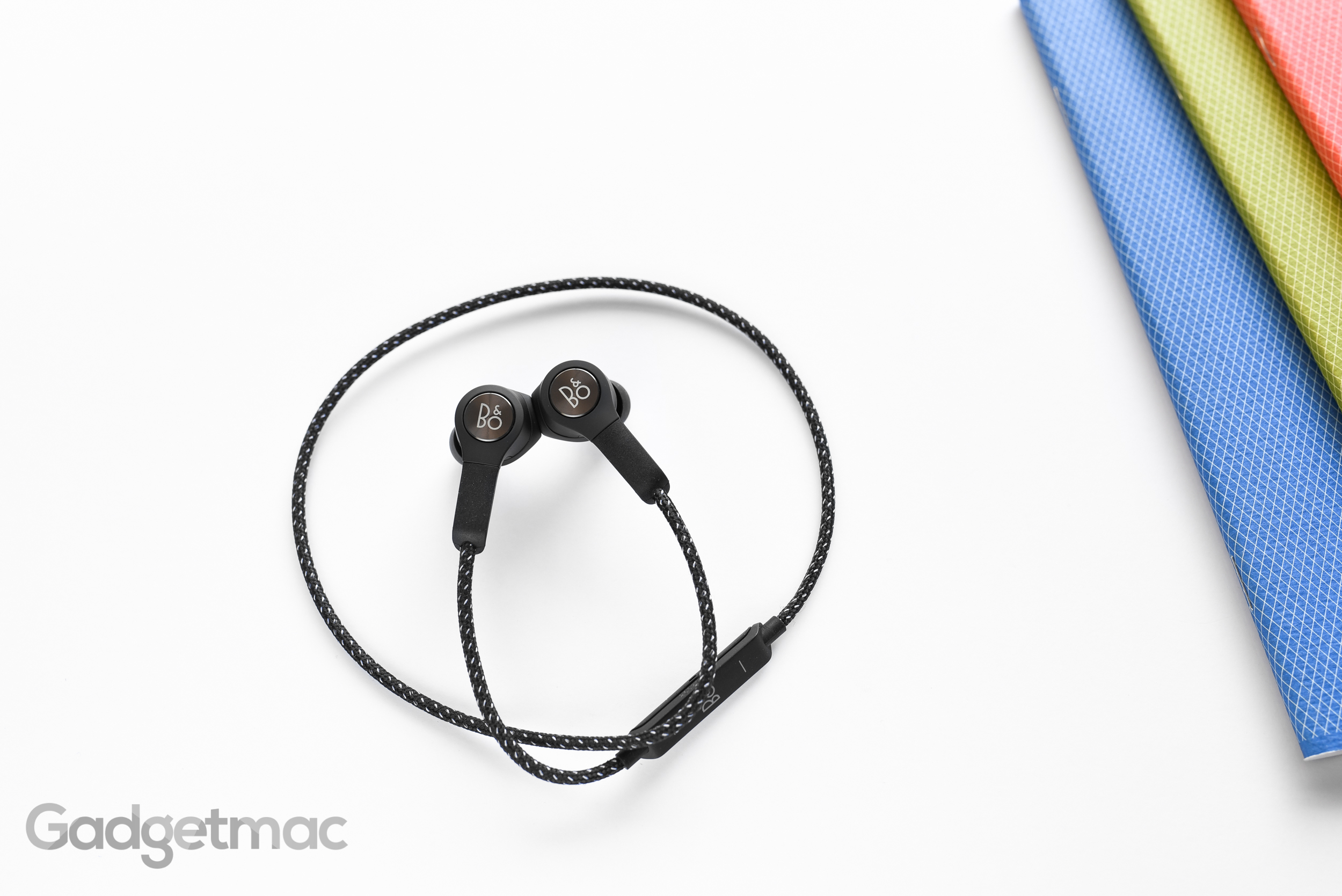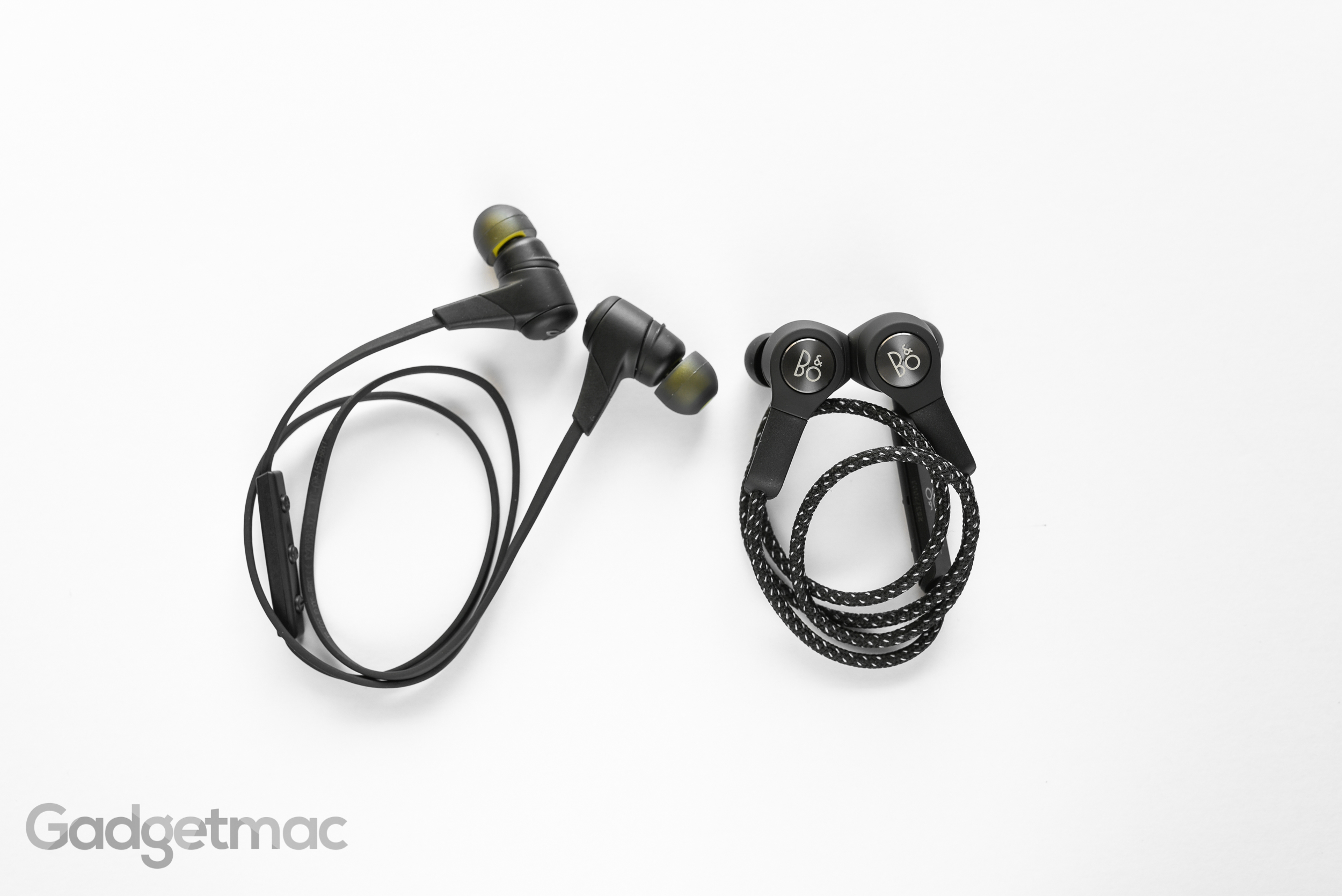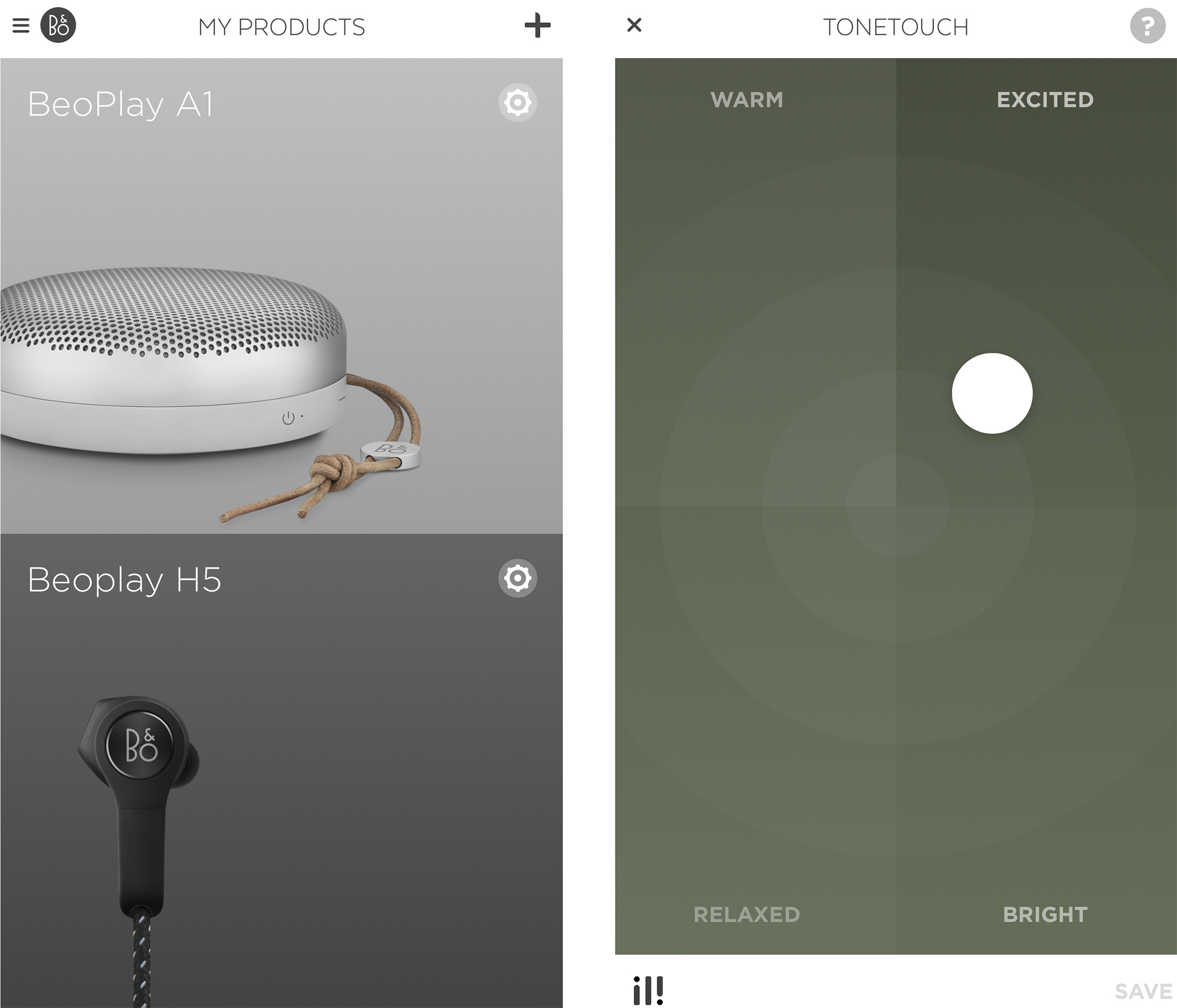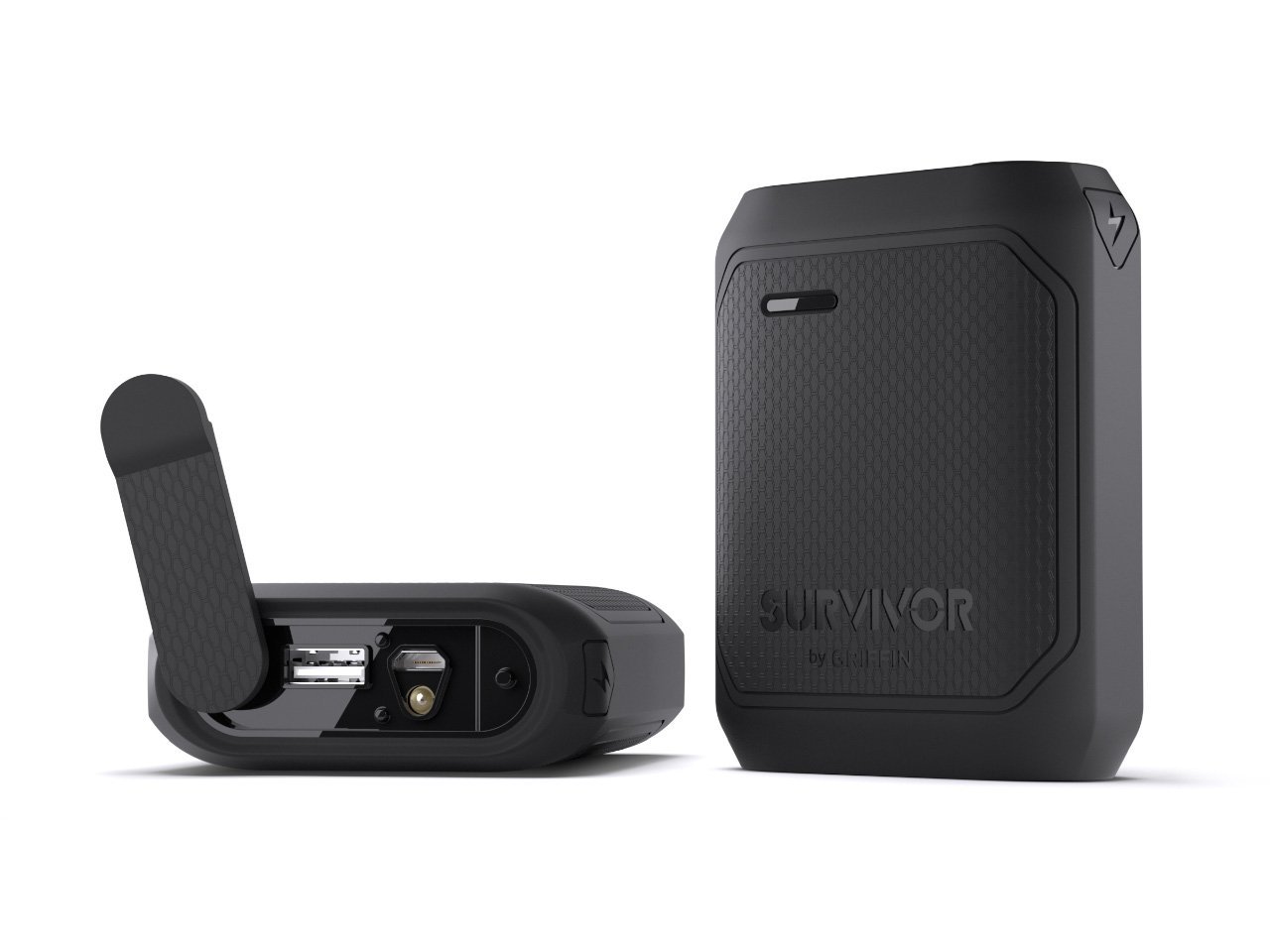Bang & Olufsen Beoplay H5 Wireless In-Ear Headphones Review
/Meet the Beoplay H5 by Bang & Olufsen. The classiest and arguably the prettiest, most premium and one of the more expensive wireless in-ear headphones ever made. Have you ever found yourself wanting the best possible sound out of small wireless in-ear headphones, but couldn't compromise on design? Then you might like what Bang & Olufsen has got to offer with its new H5. Made to withstand water, sweat, dust and the occasional thrashing, the Danish designed Beoplay H5 won't require you to wear any awkward stabilizing wings or ear hooks like most other wireless earbuds in order to achieve the perfect fit. They'll also let you customize their signature Bang & Olufsen sound using an Apple Watch-supported app, turn off automatically when snapped together, and even offer to replace any neck jewelry you have as you can also continue wearing them when you pull them out of your ears.
All that's left now is to find out if Bang & Olufsen's first attempt at making wireless in-ear headphones is anything worth writing home about. And more importantly, how do the Beoplay H5 fare when compared to noteworthy alternatives from the likes of Jaybird and Bose? Find out in our full review after the cut!
Inside the box, the H5 come included with four sets of silicone tips, three cable clips, and three sets of Comply Sport foam tips featuring a SweatGuard membrane that prevents ear wax and humidity from entering the sound port. Normally we'd recommend on using Comply tips, but this time we'd tell you to throw them away and use the silicone tips instead. These particular foam tips are very spongy, have a pores texture that doesn't isolate as well and decreases the bass response of the H5 as a result. They fit well, but we found that the standard silicone tips included provide a much tighter fit and seal compared to the Comply tips.
Lastly, the H5 come with this unique way of charging up. This brick-like dock with its own USB cable attached to it is the H5's charger. And you guessed it...it's magnetic.
Although proprietary to B&O, the H5’s magnetic charging base is the easiest and most innovative charging method I’ve seen for wireless headphones. It’s so much more convenient than having to plug in a one-way micro-USB connector. But it also means that it isn’t as easy to carry with you as a normal USB charging cable nor will it be as inexpensive to replace. That said, in order to innovate and progress forward, things to have to change and we’re quite pleased with what B&O have come up with here.
While we're talking about magnetic connections, the H5 have this built-in feature where they can magnetically attach to one another and be worn around your neck like a necklace when your done listening to music. Because otherwise Bang & Olufsen thinks you might forget your precious wireless headphones somewhere. But if you think that's a bright idea, they'll also automatically turn off when you tap them together. How convenient is that? It's not the first time a company came up with this clever idea though, we loved this feature on the Jabra Rox too.
It's worth noting that when you pull apart the earbuds they will not automatically turn on, which is a nice safety feature in case they do detach on their own in order to prevent the battery from draining when you're not using them.
Even though the H5 are made from plastic just like the rest of them, they are really well made and don't feel cheap, but quite solid with a really nice matte finish. The only bit of metal you'll find are these radial textured and polished aluminum faceplate accents with the B&O logo laser engraved in them that give the H5's styling a touch of refinement I can appreciate. There's also of course that nylon braided cable too, which feels and looks great. It's extremely flexible, much like a shoe string. Two color options are available such as this bold, all-black colorway – as well as a very classy looking rose pink mixed with black accents for the ladies.
But as resilient as the H5 seem both on paper and in person, the biggest caveat to the H5's durability has to do with them relying almost entirely on the included Comply Sport tips to prevent moisture from entering the earbuds. So if you were to use the superior silicone tips instead when working out, the H5 technically aren't going to be as sweat resistant as Bang & Olufsen claims.
There's a poorly designed, 3-button inline remote control with buttons that are all equally flat, making it difficult to tell them apart when feeling around. However, the remote is slim and lightweight so it barely attracts any attention. Using these 3 buttons enables you to adjust volume, skip tracks, play/pause audio, turn the headphones on, answer/end calls, and pair devices using Bluetooth. Taking calls using the built-in microphone is doable with decent audio quality, but it is nowhere near as clear sounding as the microphone on your iPhone. The Bluetooth connection on the H5 has been really strong without any drops or interference in audio across a fairly long distance. Leaving your phone in your pocket or gym bag will not cause you any issues.
The fit is by far one of the most important areas when looking for wireless in-ear headphones, and while the H5 are really comfortable to wear for long hours, they’re not exactly the most secure. And that’s primarily because of that extra-thick braided cable that Bang & Olufsen thought would set the H5 apart from all the rest. It may look good, but it’s actually quite terrible unless you sit still all the time.
This thicker than usual braided fabric cable can become an issue when moving your head from side to side as it does tend to snag across the neck from its own weight causing one of the earbuds to eventually fall out. You can somewhat (although not from my experience) mitigate this by using the included cable clips to shorten the length, but you won't be able to wear the H5 with the cable going over and around your ears due to the side-inserting angled design. And if you just don't give a damn, wear the H5 like you would wear wired in-ear headphones with the cable hanging underneath your chin to ensure maximum stability. With all that being said, there's no question that the H5's cable is just too thick for its own good. I'm sure this was made with extra durability in mind, but for people who want to use their wireless in-ear headphones when working out, this cable design isn't the ideal fit compared to thinner and lighter alternatives such as the JayBird X2 and X3.
Out of the box, the H5 sound very bright and heavily treble-enriched. Which is not a bad thing at all as users can completely change how the H5 sound. Having set me desired EQ adjustments, I was able to get the H5 to sound extraordinary pure. Highs sound crystal clear, but that's not a surprise given Bang & Olufsen's excellent audio expertise and clarity-focused signature. The mids have a good amount of detail and help produce a convincing amount of depth that doesn't lack clarity so you can listen to rock and enjoy every moment of it. Bass is clean and tight, but can reach a satisfyingly thumpy response when adjusted using the Beoplay app to reach the same deep levels of the Jaybird Freedom and X2/X3. And speaking of other wireless in-ear headphones, the Beoplay H5 don't really do much to stand out in terms of audio performance surprisingly. When adjusted to what I think makes the Beoplay H5 sound their best, they sound just as great as the Jaybird Freedom, which not only are much smaller, but $50 less expensive and just as well made.
Suffice it to say that audiophiles and people who are willing to spend a significant amount of time comparing the two will notice a marginal difference in sound between these models with the H5 sounding ever so slightly more defined compared to Jaybird's cheaper offerings - the X2/X3.
Like the Jaybird Freedom, the H5's sound signature can be custom tuned to fit your desired audio taste using the Beoplay app. Any settings you adjust through this app will be saved and stored on the H5, and you can easily change saved or pre-defined audio profiles using your Apple Watch via the Beoplay companion app. Sound profiles can also be created for quicker sound adjustments depending on different types of music.
Why spend $250 when you can pretty much get the same audio performance and a better secure fit when exercising using less expensive wireless in-ear headphones such as the Jaybird X2 and Freedom? Bang & Olufsen's polished H5 are definitely a nice pair of wireless earbuds, but they weren't designed for active lifestyles, have more than a few considerable drawbacks, and are simply too expensive considering they don't offer superior sound quality or any unique, groundbreaking design features that would merit such a high price tag. I think like many of you, we too had high expectations for these as well. Alas, the battery life isn't the greatest at around 4 hours, the inline 3-button controller offers no distinguishing features, and that eye-catchingly svelte fabric braided cable is simply too thick, snaggy and ultimately ruins the otherwise great fit that the H5 afford if you dare move around too much.







